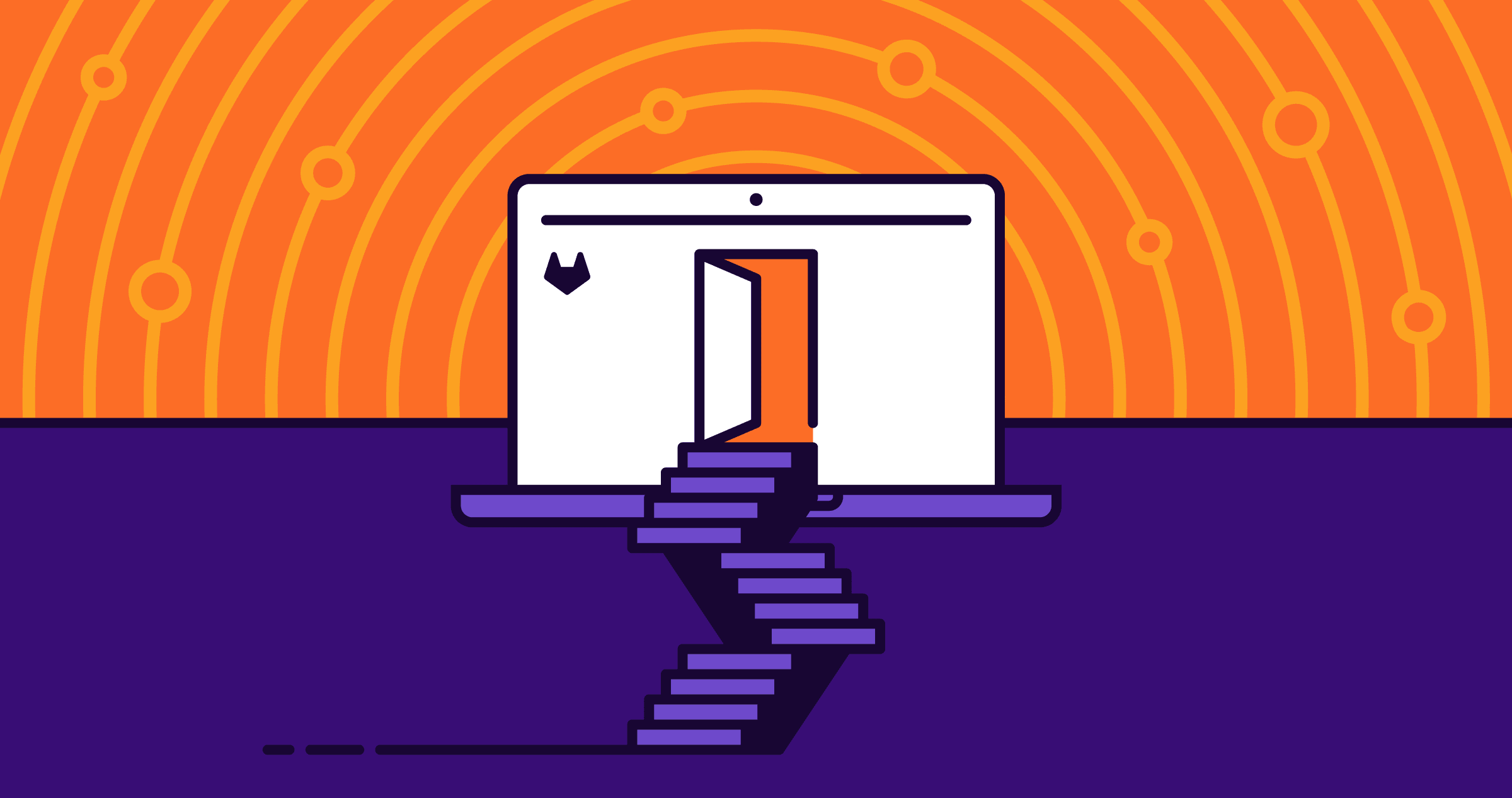Published on: May 4, 2021
4 min read
GitLab's 2021 Survey uncovers a new DevOps maturity model
Our 2021 Global DevSecOps Survey found dramatic advances in DevOps maturity including faster release/deployment cycles, increased automation and improved security postures.

Our 2022 GitLab DevSecOps Survey has the latest insights from over 5,000 DevOps professionals. Download and read the full survey.
In the midst of a global pandemic and a new way of working, teams got serious about what matters most, creating what amounts to a new DevOps maturity model. GitLab’s just-released 2021 Global DevSecOps Survey found sharp increases in automation, release cadences, continuous deployments, and security postures, as well as a growing reliance on cutting edge technologies, including artificial intelligence and machine learning. Nearly 4300 people shared their struggles and successes, and demonstrated a commitment to DevOps maturity like we’ve never seen before.
What does this new DevOps maturity model look like? Well for one thing, it looks like it’s working. We think the year over year growth statistics speak for themselves:
- 60% of developers are releasing code 2x faster than before, thanks to DevOps – up 25% from (pre-pandemic) 2020.
- 72% of security pros rated their organizations’ security efforts as “good” or “strong” – up 13% over 2020.
- 56% of ops teams members said they are “fully” or mostly automated – up 10% from 2020.
- Almost 25% of respondents claimed to have full test automation – up 13% from 2020.
- 75% of teams are either using AI/ML or bots for test/code review, or they’re planning to – up 41% from 2020.
- Last year dev, sec, and ops said they needed better communication and collaboration skills for their future careers. This year, after an intense period of enforced soft skills, their priorities have shifted dramatically to AI/ML (devs), subject matter expertise (sec), and advanced programming (ops).
A 2021 DevOps maturity model
As we found in last year’s survey, DevOps roles continue to change, with developers taking on tasks usually associated with test and ops, ops focusing on the cloud and infrastructure, and security continuing to be part of cross-functional teams. The evolving nature of DevOps is hardly surprising: Fully 43% of our survey respondents have been doing DevOps for between three and five years - that’s the sweet spot where they’ve known success and are well-seasoned. But that “sweet spot” didn’t keep them complacent. This was also the year where practitioners skipped incremental improvements and reached for the big guns: SCM, CI/CD, test automation, and a DevOps platform were the most popular additions to their DevOps practices.
Why do teams strive for a DevOps maturity model? Code quality, faster time to market and improved security were the top three reasons.
Testing remains the DevOps problem child – for the third year in a row participants said test is the most likely reason for release delays. There is some light at the end of the tunnel, though: not only has the percentage of teams with full test automation more than doubled year over year, a growing number of teams are either already using or plan to use AI/ML. Industry experts believe AI/ML could revolutionize software testing, and our survey participants apparently agree.
Also feeling the love in the survey were advanced technologies like Kubernetes. In our 2020 survey, only 38% of survey takers used Kubernetes; this year the percentage jumped to 46% and even participants not using K8s currently said they planned to soon.
Looking to the future
Last year our survey takers planned to focus on basics like automation, CI/CD and overall DevOps. But it’s 2021 now, and those efforts toward a new DevOps maturity model have paid off. This year participants plan to invest in the cloud, followed by artificial intelligence. Last year, AI rated only a very distant 8th place.
Our 2022 GitLab DevSecOps Survey has the latest insights from over 5,000 DevOps professionals. Download and read the full survey.

